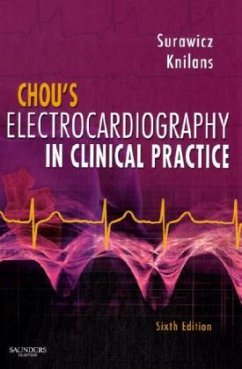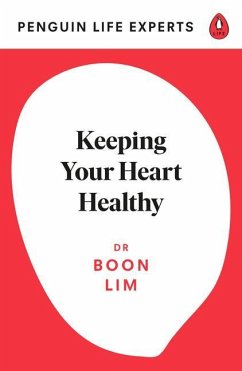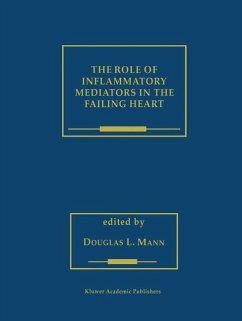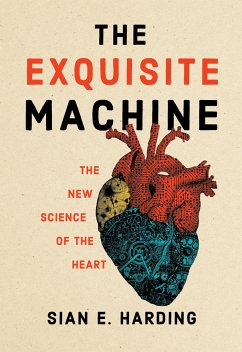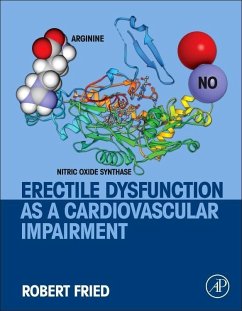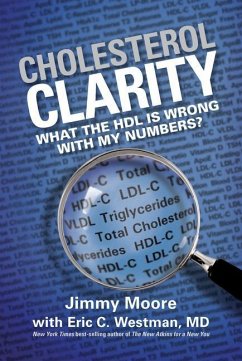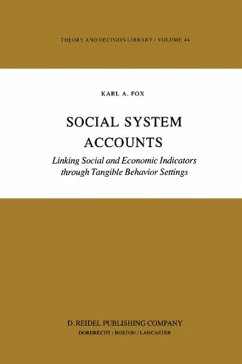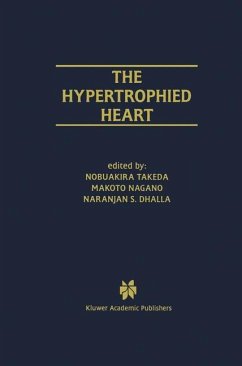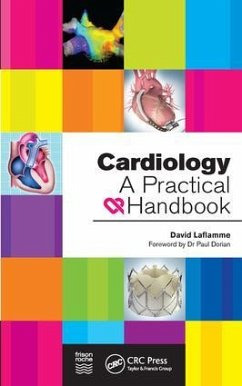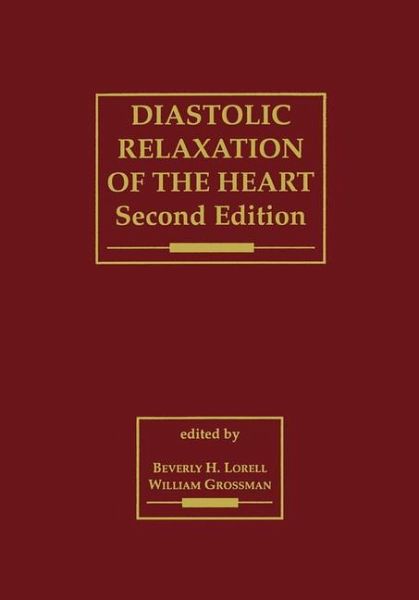
Diastolic Relaxation of the Heart
The Biology of Diastole in Health and Disease
Herausgeber: Lorell, Beverly H., Grossman, William
Versandkostenfrei!
Versandfertig in 1-2 Wochen
116,99 €
inkl. MwSt.

PAYBACK Punkte
58 °P sammeln!
Numerous studies have documented the importance of diastolic dysfunction in heart disease. Now, providing cardiologists with the most current information available on the subject, the editors have pulled together contributions from an impressive array of top researchers and compiled them into one comprehensive, carefully edited source, Diastolic Relaxation of the Heart, Second Edition: The Biology of Diastole in Health and Disease . This Second Edition, based on a recent meeting, includes such topics as:molecular biology of relaxation; consequences of altered gene expression; impaired relaxati...
Numerous studies have documented the importance of diastolic dysfunction in heart disease. Now, providing cardiologists with the most current information available on the subject, the editors have pulled together contributions from an impressive array of top researchers and compiled them into one comprehensive, carefully edited source, Diastolic Relaxation of the Heart, Second Edition: The Biology of Diastole in Health and Disease .
This Second Edition, based on a recent meeting, includes such topics as:
molecular biology of relaxation;
consequences of altered gene expression;
impaired relaxation in experimental models (ischemia and hypoxia, and hypertrophy and failure);
diastolic dysfunction in the diseased human heart. Diastolic Relaxation of the Heart, Second Edition: The Biology of Diastole in Health and Disease , the successor to the editors' bestselling work on the same subject, published in 1987 - belongs on the shelf of every practising cardiologist. It will also be an invaluable addition to the library of scientists researching the effects of diastole on heart function.
This Second Edition, based on a recent meeting, includes such topics as:
molecular biology of relaxation;
consequences of altered gene expression;
impaired relaxation in experimental models (ischemia and hypoxia, and hypertrophy and failure);
diastolic dysfunction in the diseased human heart. Diastolic Relaxation of the Heart, Second Edition: The Biology of Diastole in Health and Disease , the successor to the editors' bestselling work on the same subject, published in 1987 - belongs on the shelf of every practising cardiologist. It will also be an invaluable addition to the library of scientists researching the effects of diastole on heart function.





